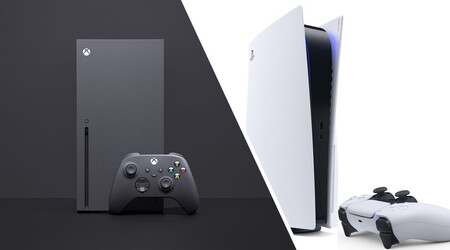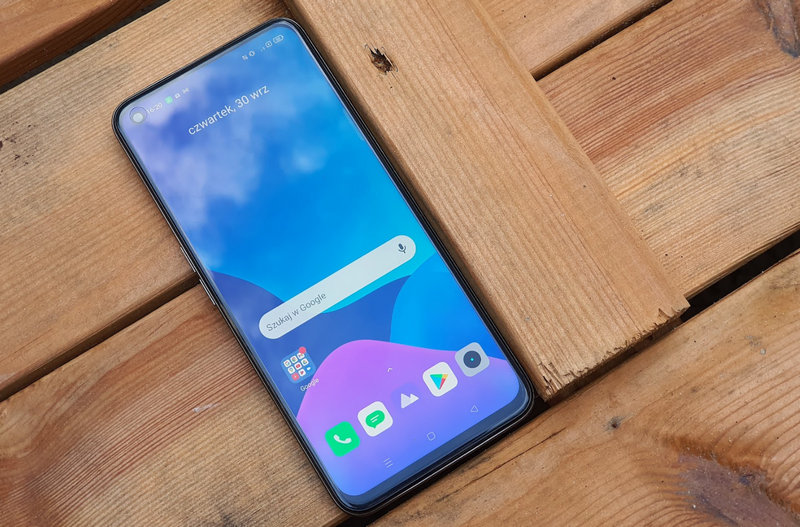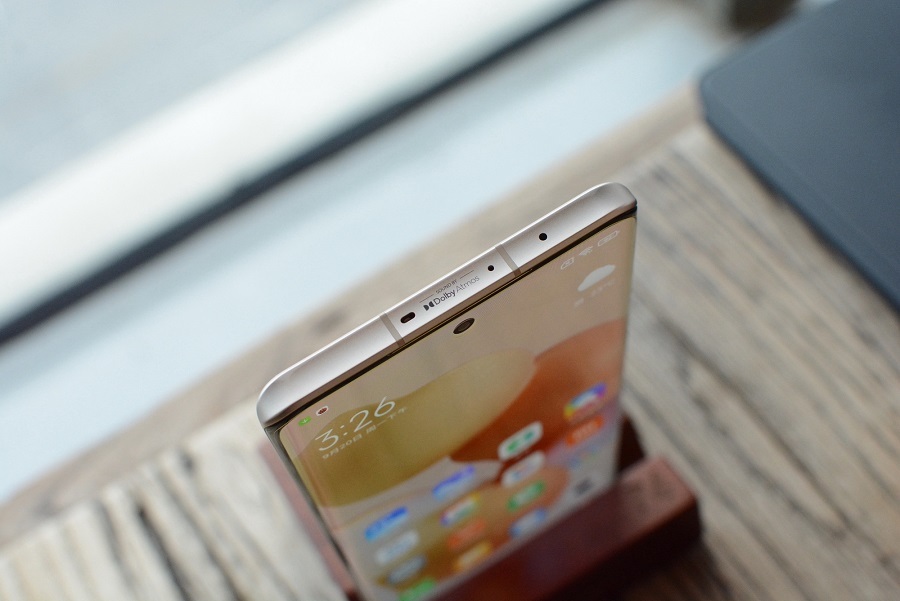After the arrival of panels with native high frequencies and standards such as HDMI 2.1, many attempt to enjoy next-gen gaming at 4K and 120fps. Again, game support and resolution are still very scarce at this rateespecially if our weapon is a new generation console.
In this article, we’ll show you some of the reasons why. We shouldn’t be in such a hurry to buy a TV with 120 Hz frequency or HDMI 2.1.something that is highly encouraged, especially after the arrival of consoles like the PlayStation 5 and Xbox Series X.
Few games reach the enviable 4K and 120fps
The video game industry has been aiming to deliver visually stunning experiences lately. Games like ‘Red Dead Redemption 2’, ‘Cyberpunk 2077’ or ‘The Last of Us Part II’, among others, have proven to be graphically great, and a good TV is the best friend to enjoy these games. Again, There is a big marketing campaign behind the last generation televisions in terms of high frequency rates and the importance of HDMI 2.1.. To do this, you should know that both the computer running the game and the game itself must support the resolution and frequency rate of 4K and 120 Hz to take advantage of the maximum features of the television, which is very rare today. .
Few titles can achieve 120fps frame rate and 4K resolution. If we transfer these figures to PC, is it possible to get these numbers even with the best graphics card in the market In most current games it’s different if the title has been around for a few years or doesn’t require much in terms of specs.
Maintaining a game at 120fps or higher in 4K resolution is very demanding on resources, so most games support this framerate on PlayStation 5, Xbox Series X and Xbox Series S (which isn’t much) Go to 1080p or 4K resolution upscaled by AI (without native resolution). Also, existing console titles often have a selector. In this selector, we can choose to play at the highest possible graphics fidelity and sacrifice performance, or to play at a higher frame rate but lose resolution or detail. Generally titles with selectors are layered at 30 frames in highest graphic fidelity mode to have stable performance.
If we connect a computer to a TV, the situation is different, because the game usually goes to the maximum allowed by the teamhowever, it will be necessary to have a fairly powerful computer to achieve the desired performance. As of today, almost none of the current AAA games hit 120fps and 4K speeds, although we can always point to a lower resolution.
HDMI 2.1 is a waste if few games are supported
HDMI 2.1 is the version of the standard for video signals at 4K and 120 Hz. In addition to the other benefits of its credit, It’s about the connection we must have if we want to enjoy video games at this resolution and frequency.. But gaming at 4K and 60fps isn’t all that complicated anymore, as there isn’t a wide variety of games that can support those numbers. In this case, we will not have to choose a television with a natural frequency of 120 Hz or HDMI 2.1. In fact, the HDMI 2.0 specification is sufficient for us, as it is compatible with signals up to 4K and 60 Hz.
Without HDMI 2.1, we also lose features like VRR (Variable Refresh Rate) and ALLM. The first is responsible for adapting the frequency of the television to the frame rate at which the game is going.provides more fluidity to the image. This is achieved with technologies such as AMD FreeSync or NVIDIA G-Sync. ALLM is an automatic low latency mode accessed by turning on a console on the TV. Although VRR is really good technology, It won’t work if the game is not running at more than 60fps.
Another thing to consider is the response time of the television. A ‘Game Mode’ is usually includedThis should greatly reduce the delay of the signal, resulting in a smooth and stable experience. We have to make sure that this display mode is active when playing on TV.
The fact that the television is compatible with HDR will also help us to get a smooth image while playing games. Few games support Dolby Vision and HDR10+, so the game will run with the TV’s base HDR, which is usually the open standard HDR10. In that sense, games still have a long way to go before they can offer native support for superior HDR..
Having a 4K TV with 120 Hz and HDMI 2.1 is only good for very special occasions
In short, if the compatibility of games with this speed is still limited, having a 120 Hz speed on our television will not benefit us much. Therefore As long as we have a 4K and 60 Hz television with sufficient response time to play it will be more than enough.. On the other hand, if our use will require a powerful PC connected to the TV, then it may be more suitable, but the list of games compatible with 4K@120fps is still very small. Image quality will already depend on the capabilities of the panel.
















